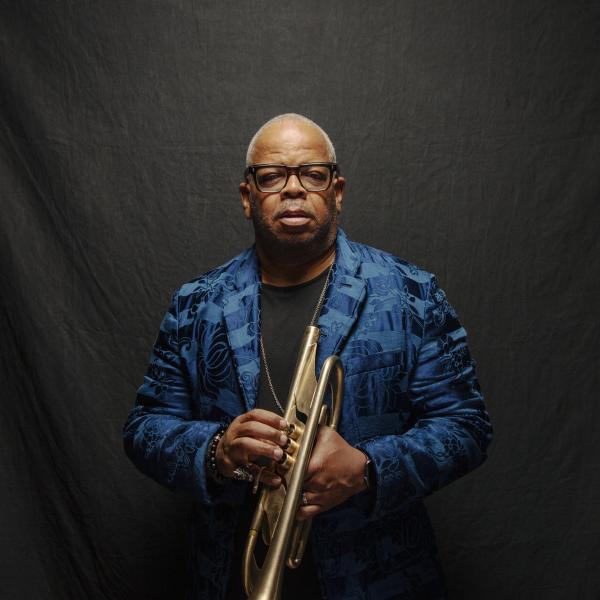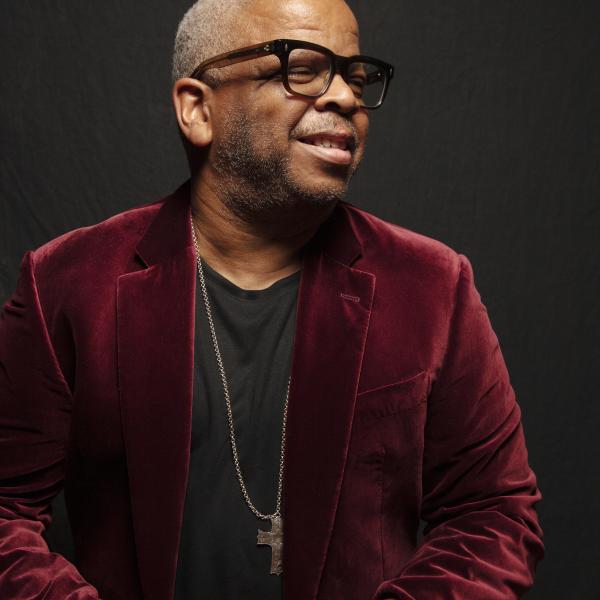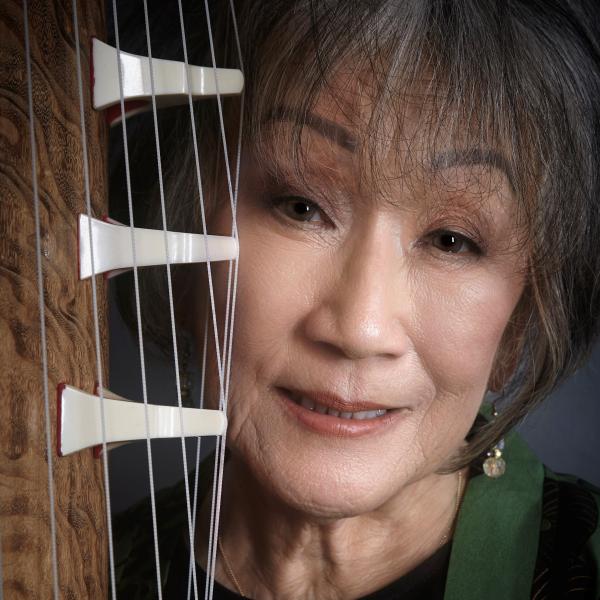The Life and Times of Julie Otsuka 2
Gary Okihiro: Well, December 7, 1941, when Japan attacked Pearl Harbor, was a surprise for most Japanese living in the United States, and that included Japanese in Hawaii. I know that my parents and my grandparents stood on top of their roof on Iao overlooking Pearl Harbor to watch the carnage that was taking place before their eyes. They were in total disbelief. So most Japanese Americans were unaware of that attack, and when it happened, they were caught by surprise.
Pearl Harbor marks a watershed in Japanese-American history. And the watershed is because of the way the U.S. government responded to that, in their lives, and intervened in their lives. Long before Pearl Harbor—1918, 1917—the U.S. saw Japan as a possible antagonist in a future war, and thus began investigating the Japanese, particularly in Hawaii, where they comprised about 40% of the population. So they developed plans over the course of the 1920s and 30s to contain what they called "the Japanese problem." It was really mainly in Hawaii, because of the demography of the islands. And what they had planned was, in the event of a war, they would arrest and detain the leaders of the Japanese American community, and they thought that by detaining the leaders, that would frighten and coerce the masses of Japanese into obedience and loyalty to the United States. Furthermore, they maintained that it was impossible for them to determine the loyals from the disloyals. And as a consequence, they then determined on lists that they drew up—meaning the Bureau of Investigation and the Army drew that up in the 1920s and 30s of the leaders. And thus on December 7 began the arrests, mainly in Hawaii but also on the West Coast.
Author and scholar Gary Okihiro talks with the NEA's Josephine Reed about Pearl Harbor and its aftermath.




